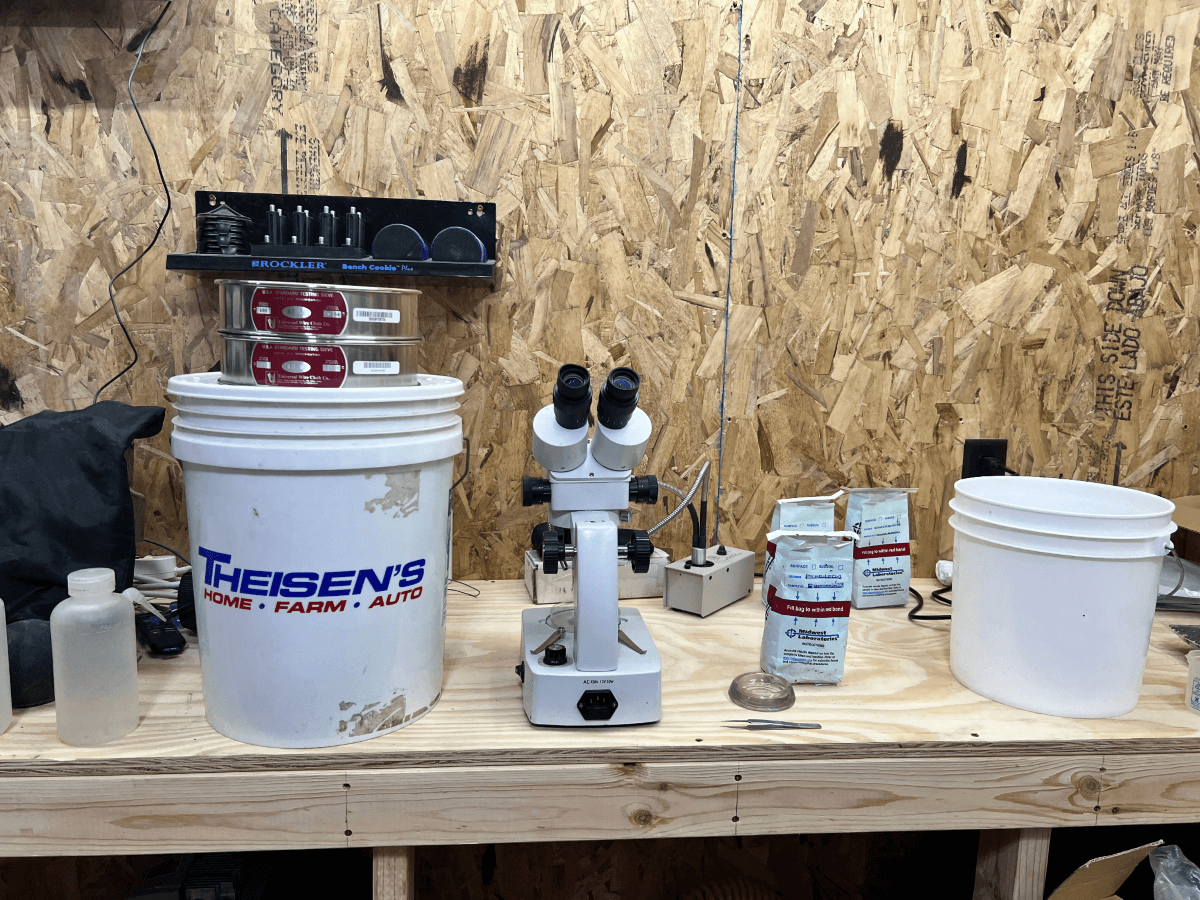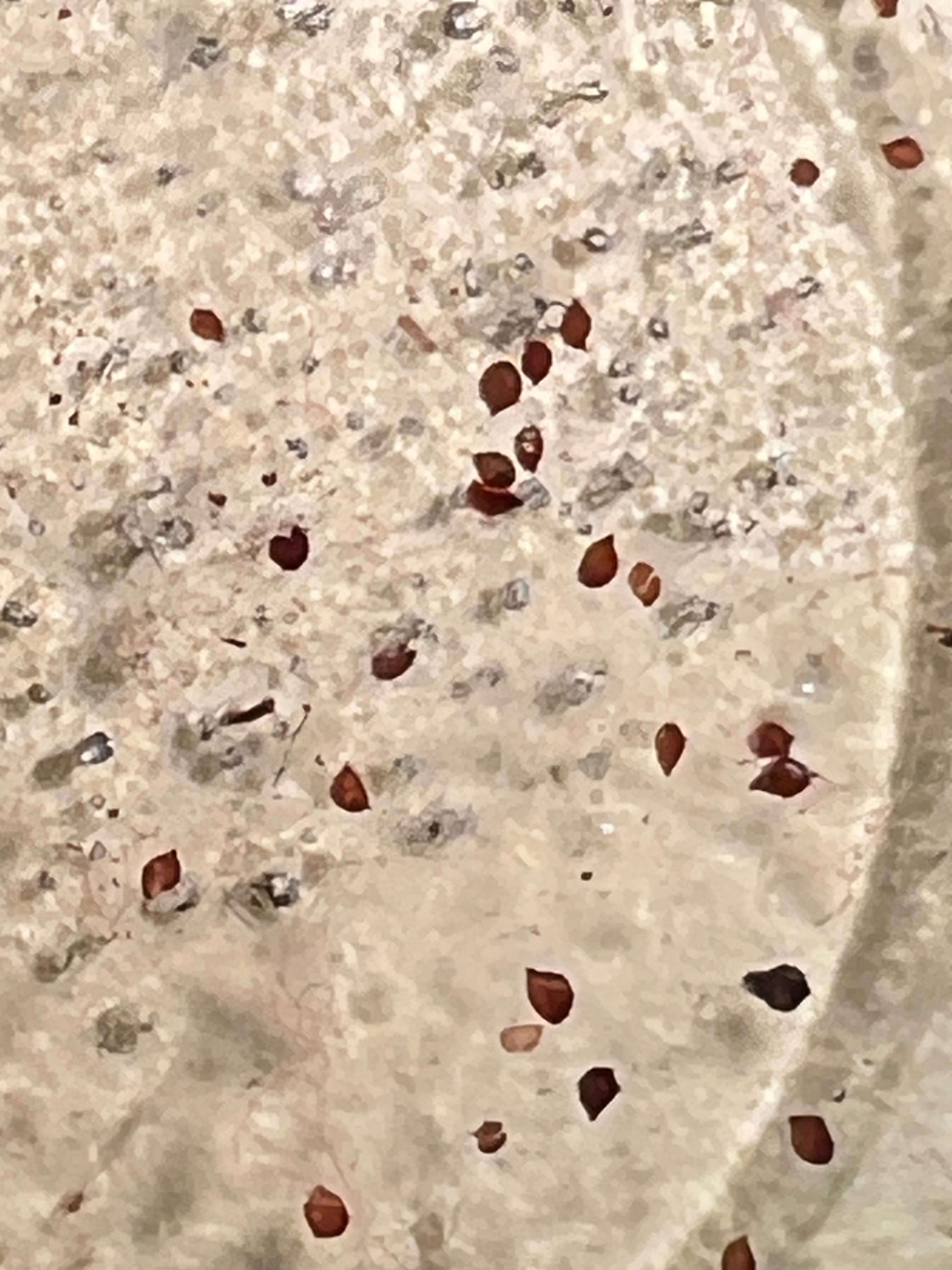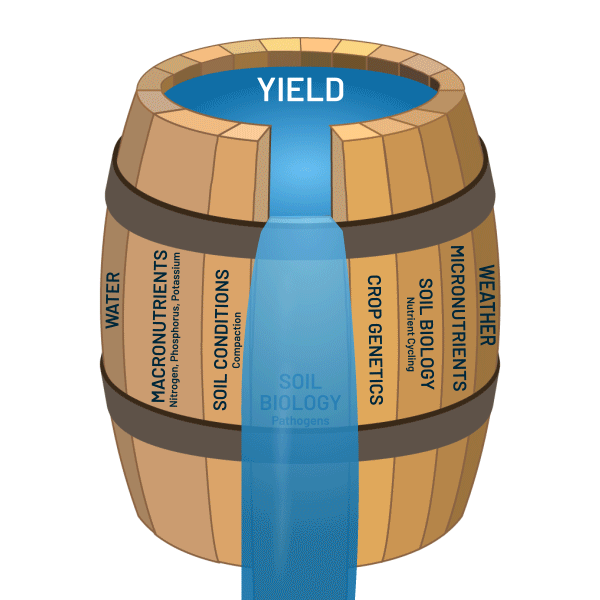DNA Saw It First: A Case Study with Soybean Cyst Nematode
SCN is considered the most significant soybean pest in the United States—causing annual yield losses of over $1 billion (1). The nematode, Heterodera glycines, is difficult to detect before serious damage occurs and can be difficult to manage due to its long persistence in the soil and broad host range. If infestations go undetected, yield can drop slowly each year as the SCN population increases. For growers using TraceCOMPLETE™ soil testing, they get DNA-based data on SCN without needing to send another soil sample out for an egg/cyst count.
Trace Agronomist John Grandin has validated TraceCOMPLETE SCN results in the field using data from soil samples that tested positive for SCN. He identified the GPS coordinates for 3 positive samples in western Minnesota, and traveled to collect another soil sample from each of those points, 6 months after the original samples were collected. The soils were analyzed using the same method used by academic labs that offer cyst counts (2).
For all 3 soil samples that first revealed SCN presence using metagenomics, cysts were subsequently found using the standard microscope-based cyst count method.
As anyone who has collected soil samples for SCN knows, this is very unlikely to happen by random chance. Even in fields where SCN symptoms are seen on plants, soil samples can be collected and still test negative for eggs. Performing egg/cyst count is prone to human error and may miss other evidence of SCN in the form of adult and juvenile biomass. By sequencing soil DNA, we capture all forms of SCN present in a sample, significantly improving repeatability and accuracy.
At Trace Genomics, our advanced DNA analytics provides the most comprehensive and actionable insights into agricultural soils. Using DNA allows us to easily add onto our extensive pathogen reporting as new data becomes available. In addition to SCN, we have recently added over 100 new pathogens—for a total of over 250 pathogens and pests being reported.
Previously conducted validation data and additional background information can be found in our whitepaper, Beyond Pathogens: Expanding Metagenomic Insights to Soybean Cyst Nematode.
About the author: Dr. Tuesday Simmons is the Science Writer at Trace Genomics. She earned her Ph.D. in Microbiology from the University of California, Berkeley, studying the root microbiome of cereal crops.
References:
- Wrather, Allen, and Melissa Mitchum. “Soybean Cyst Nematode: Diagnosis and Management.” University of Missouri Extension, Aug. 2010, extension.missouri.edu/publications/g4450.
- Tylka, Greg. “Extraction of SCN Cysts from Soil.” Soybean Cyst Nematode, Iowa State University, scn.plantpath.iastate.edu/protocols_extractcysts. Accessed 24 Oct. 2023.






